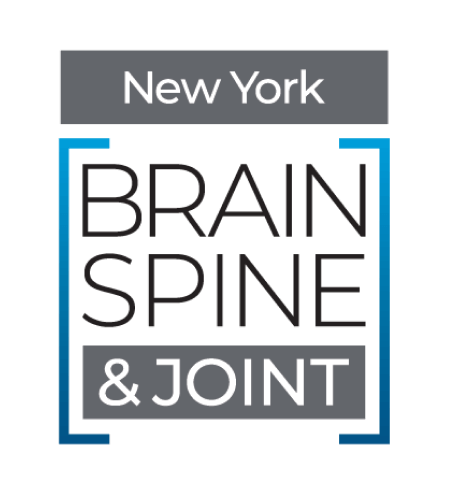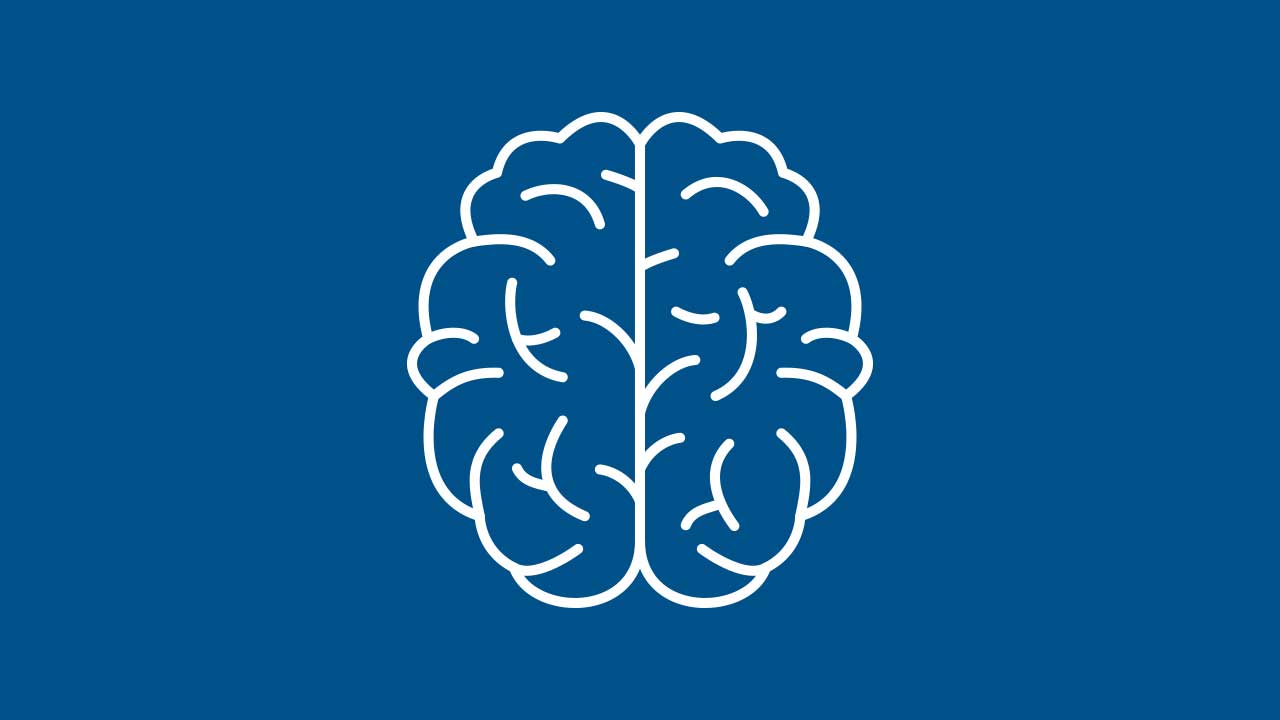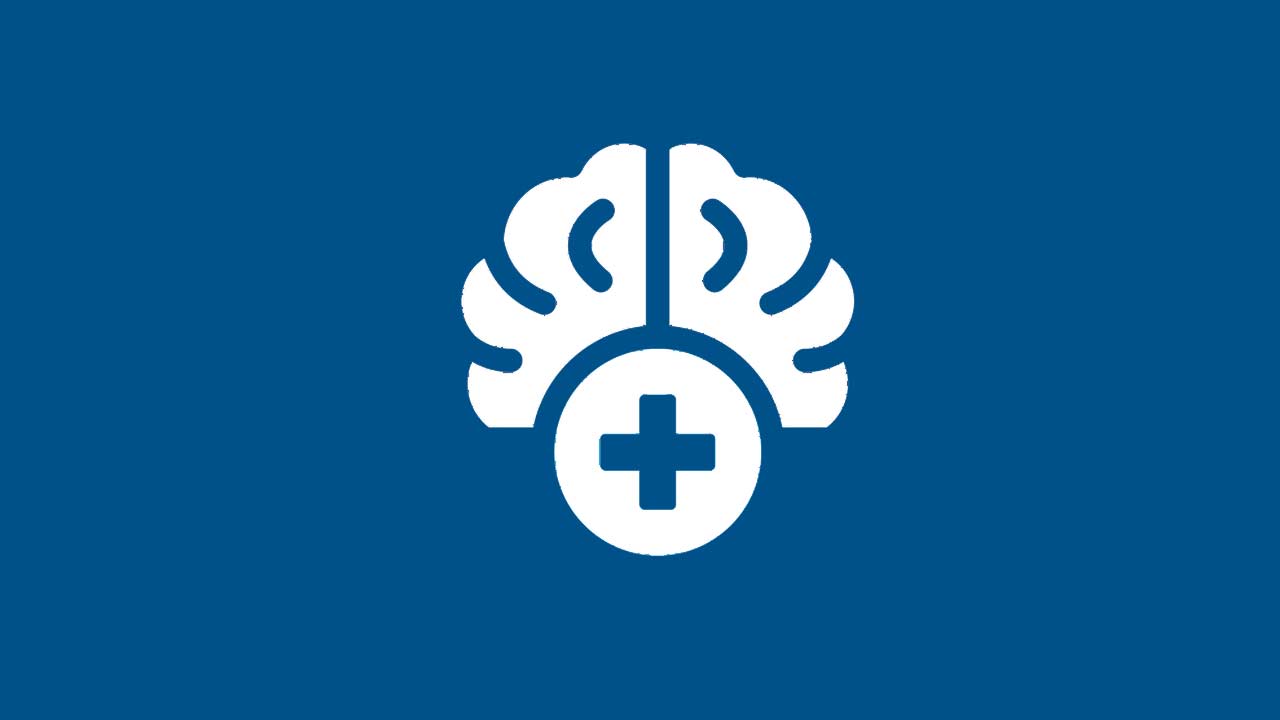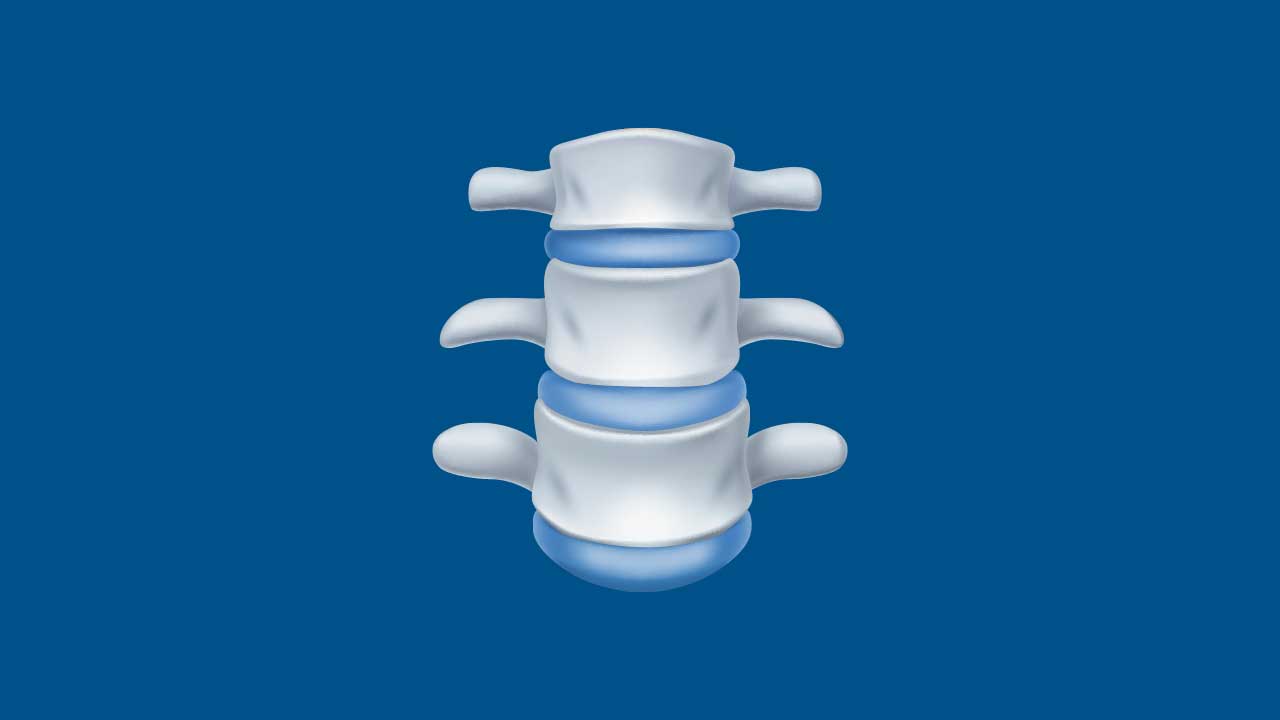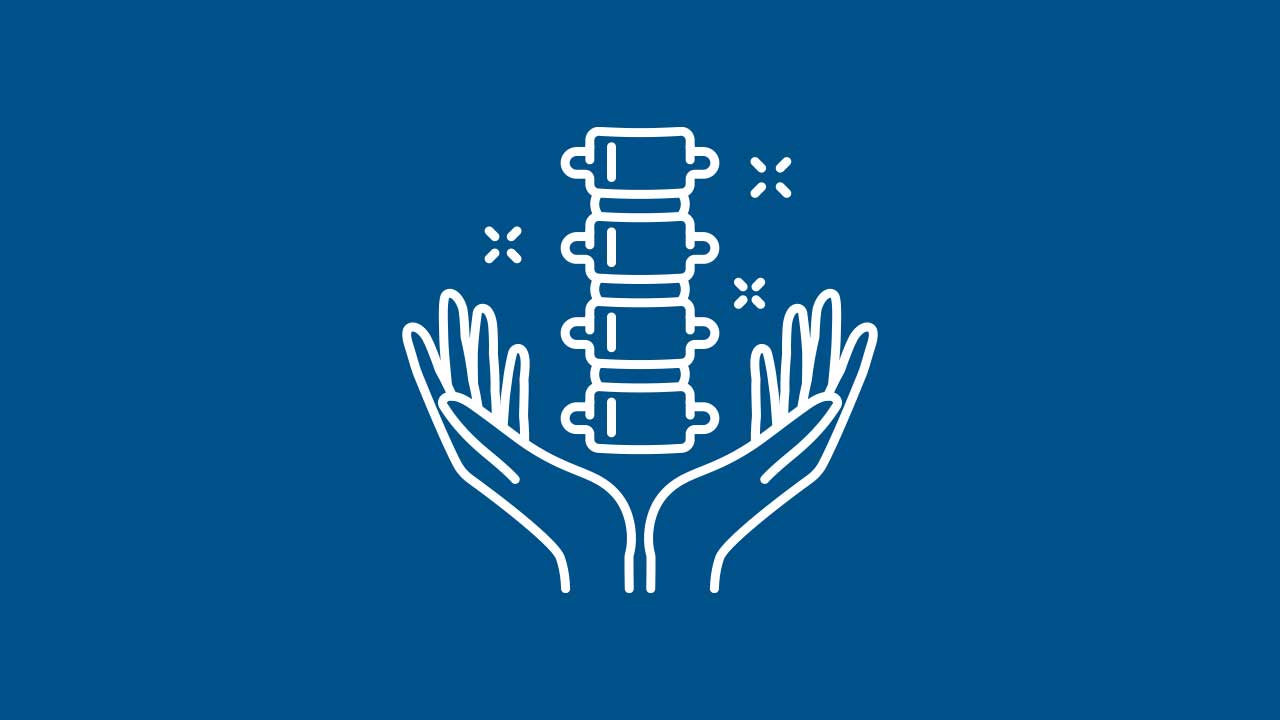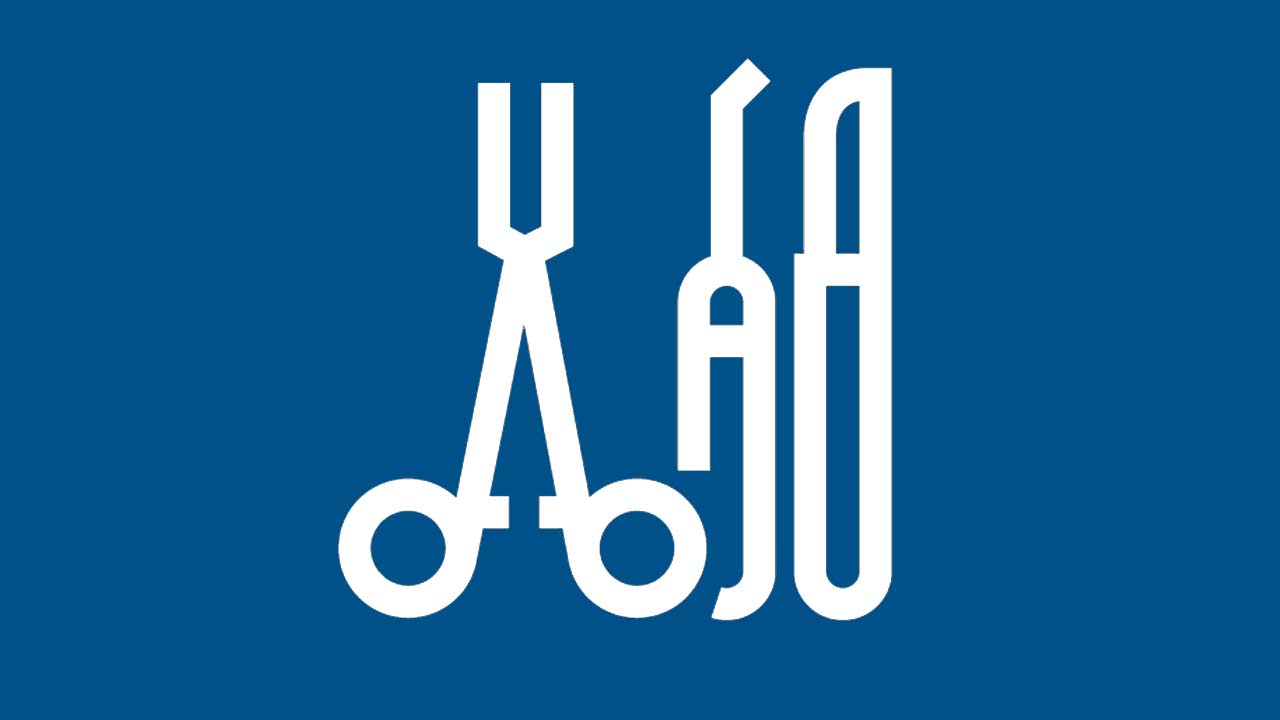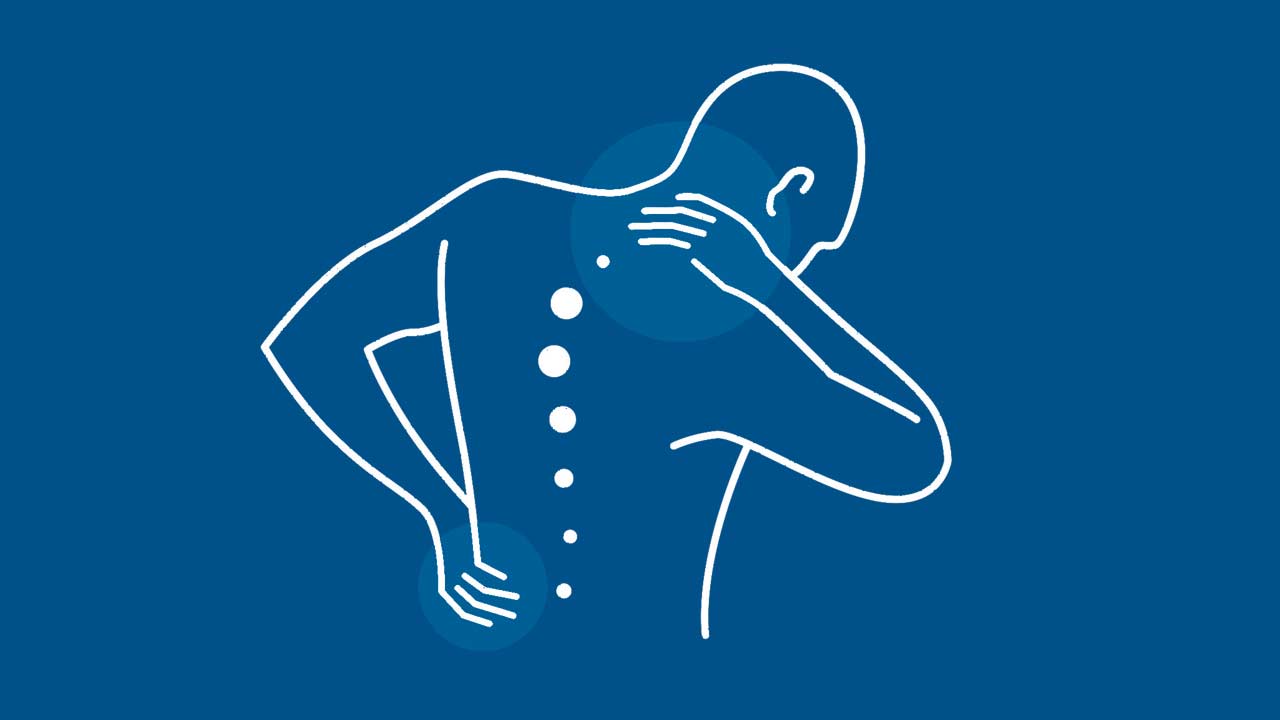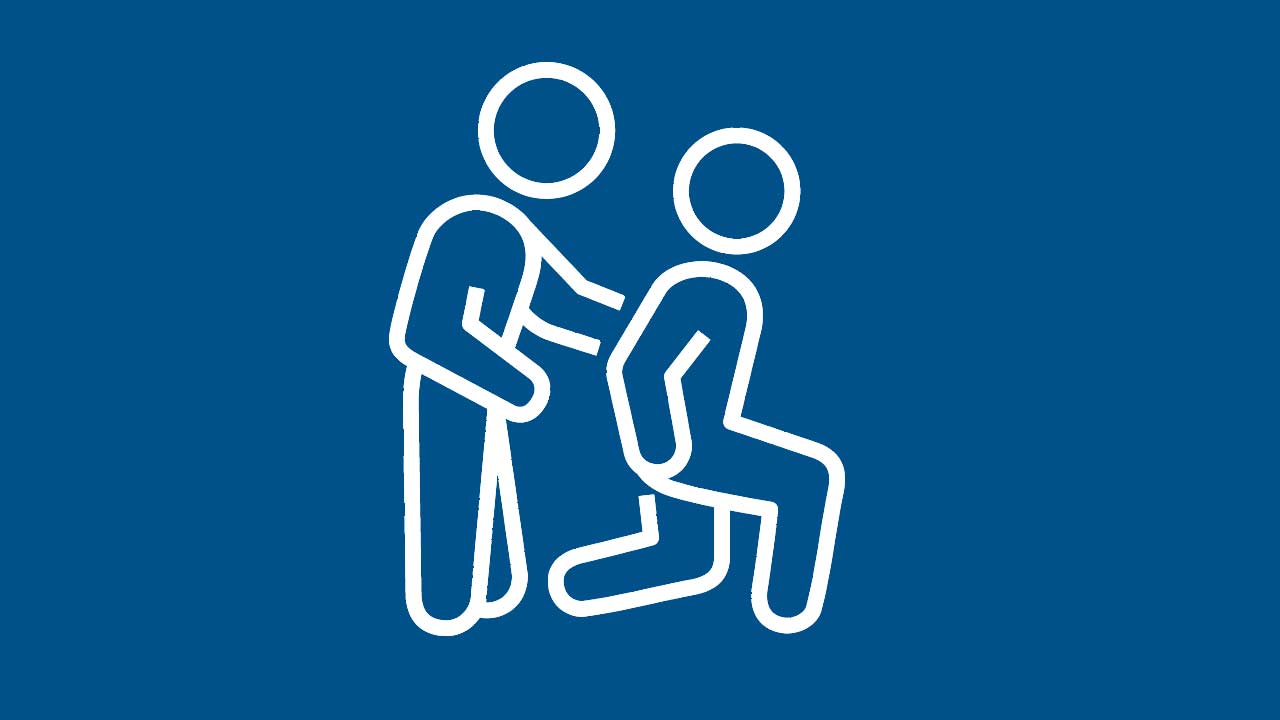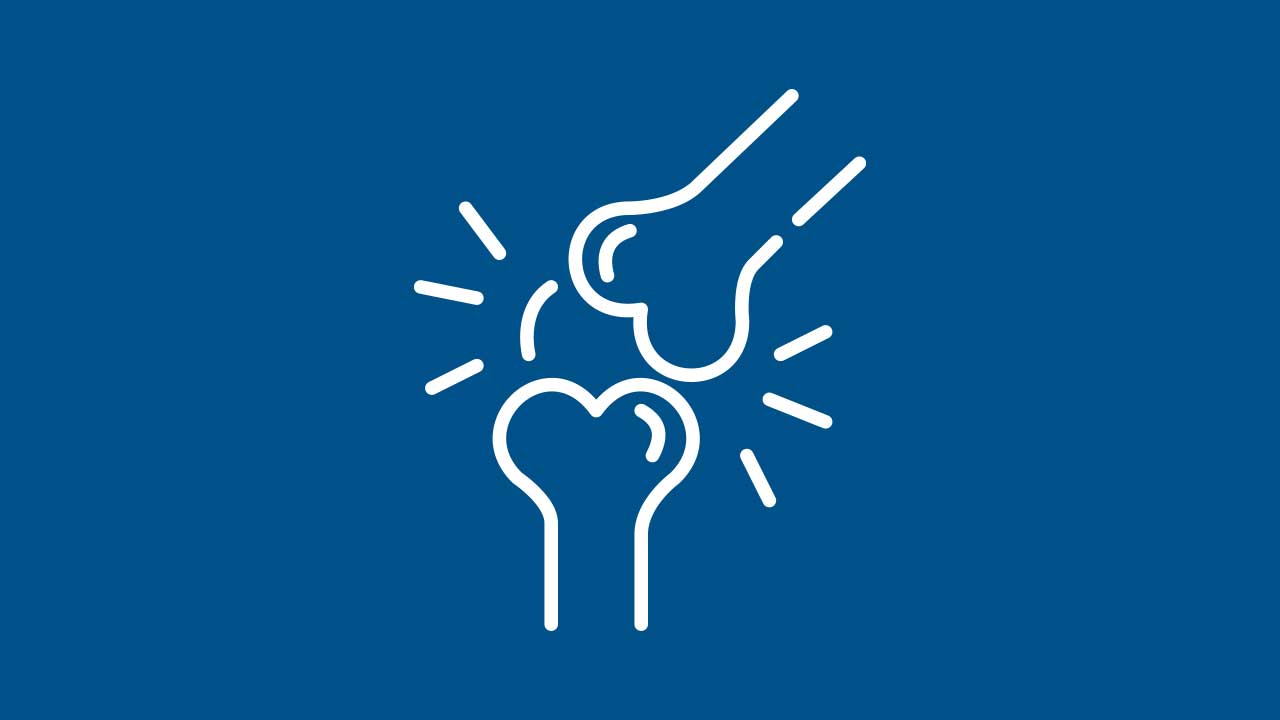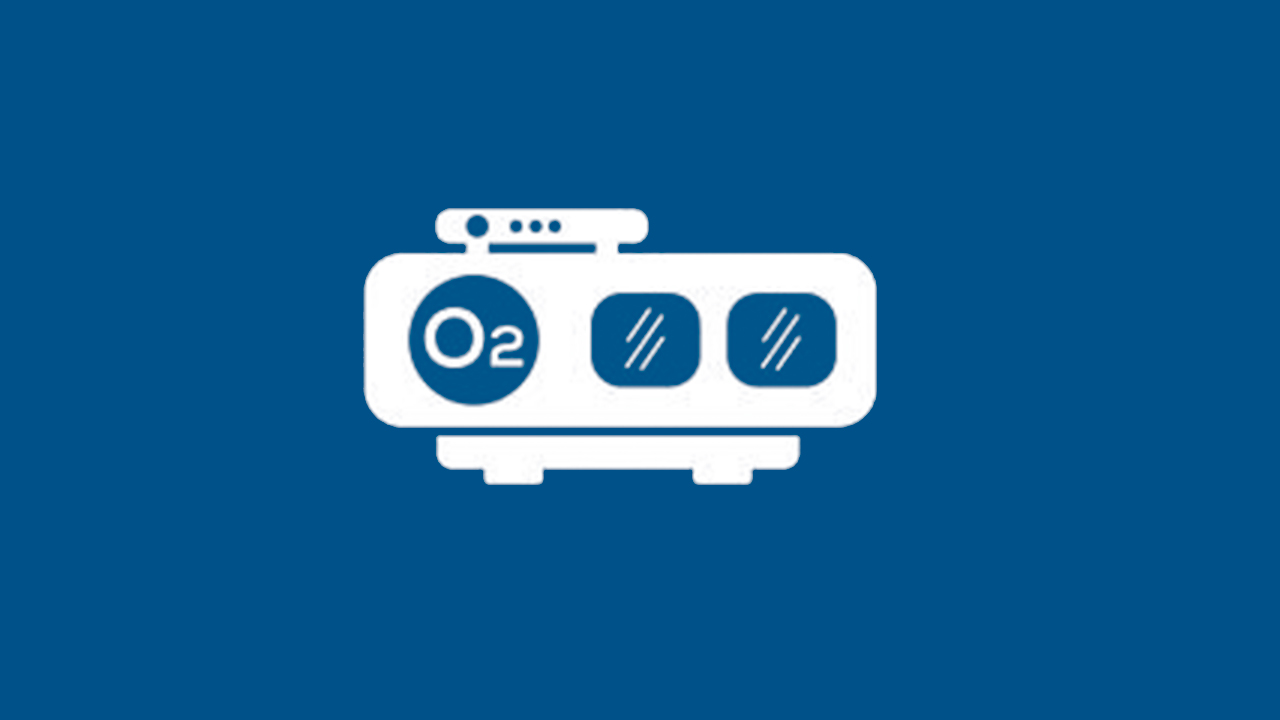Musculoskeletal
Share This Page
Musculoskeletal Conditions: Understanding, Diagnosing, and Treating Joint and Muscle Pain
Musculoskeletal conditions encompass a broad range of disorders affecting bones, muscles, joints, ligaments, and tendons. These conditions often result in pain, decreased mobility, and reduced quality of life. Common musculoskeletal issues include arthritis, osteoporosis, back pain, sports injuries, and repetitive strain injuries. This comprehensive guide explores the causes, symptoms, diagnosis, and effective treatment options available for musculoskeletal conditions, aiming to provide patients with clarity and guidance toward effective management and improved quality of life.
Understanding the Musculoskeletal System
The musculoskeletal system provides structure, support, stability, and movement to the body. It includes bones, joints, muscles, tendons, ligaments, and cartilage, working together to facilitate everyday activities, from walking and running to lifting and gripping. When any part of this complex system is injured, damaged, or deteriorates over time, it can significantly affect function and comfort.
Common Musculoskeletal Conditions
Arthritis
- Osteoarthritis: Degenerative joint disease causing cartilage breakdown.
- Rheumatoid Arthritis: Autoimmune disorder leading to joint inflammation.
Osteoporosis
- Bone weakening, making bones fragile and prone to fractures.
Back and Neck Pain
- Lower back pain, neck stiffness, spinal stenosis, and disc herniation.
Sports Injuries
- Sprains, strains, ligament tears (ACL injuries), and tendonitis.
Repetitive Strain Injuries
- Carpal tunnel syndrome, tendonitis, and bursitis from repetitive motions.
Congenital and Developmental Conditions
- Scoliosis, hip dysplasia, and clubfoot.
Causes and Risk Factors
Musculoskeletal disorders arise from various factors, including:
- Age-Related Wear and Tear: Osteoarthritis and spinal disc degeneration.
- Traumatic Injuries: Fractures, ligament tears, and muscle strains from accidents or sports activities.
- Inflammatory Conditions: Autoimmune diseases such as rheumatoid arthritis and lupus.
- Occupational Factors: Jobs requiring repetitive motions or heavy lifting.
- Lifestyle Factors: Obesity, sedentary lifestyle, and poor posture.
- Genetic Predisposition: Family history of osteoporosis or arthritis.
Symptoms of Musculoskeletal Conditions
Symptoms vary widely but typically include:
- Pain or stiffness in joints and muscles
- Swelling or inflammation around joints
- Reduced range of motion and flexibility
- Muscle weakness or fatigue
- Difficulty performing daily activities
Diagnosing Musculoskeletal Conditions
Accurate diagnosis involves careful assessment by orthopedic specialists, rheumatologists, physiatrists, or physical therapists:
Clinical Evaluation
- Comprehensive medical history review and detailed physical examination
- Assessment of symptoms, range of motion, muscle strength, and joint function
Imaging and Diagnostic Tests
- X-rays: Identify bone and joint abnormalities
- MRI: Detailed imaging of soft tissues, such as cartilage, ligaments, and tendons
- Bone Density Scans (DEXA): Measure bone density for osteoporosis diagnosis
- Blood Tests: Evaluate for inflammatory markers, autoimmune conditions, and metabolic disorders
Non-Surgical Treatment Approaches
Many musculoskeletal conditions can be effectively managed through conservative, non-invasive treatments:
Medications
- Analgesics and Anti-inflammatory Drugs: NSAIDs, acetaminophen for pain management
- Corticosteroids: Injections or oral medication to reduce inflammation
- Disease-Modifying Anti-Rheumatic Drugs (DMARDs): Specifically for autoimmune arthritis
Physical Therapy and Rehabilitation
- Targeted exercises to strengthen muscles and improve joint stability
- Stretching and flexibility programs
- Balance and posture training to prevent further injuries
Lifestyle Modifications
- Weight management to reduce joint stress
- Ergonomic adjustments at work or home
- Regular, low-impact exercise like swimming or cycling
Complementary Therapies
- Acupuncture, chiropractic care, and massage therapy to enhance recovery
Surgical Treatment Options
Surgery may be necessary for severe cases where conservative treatments fail:
- Joint Replacement Surgery: Total or partial knee, hip, or shoulder replacements
- Arthroscopy: Minimally invasive procedures for ligament tears or cartilage repair
- Spinal Surgery: Decompression, fusion, or disc replacement for spinal disorders
- Fracture Repair: Surgical fixation with plates, screws, or rods for significant fractures
Recovery and Rehabilitation
Effective rehabilitation following surgery is crucial:
- Personalized physical therapy programs
- Pain management and anti-inflammatory strategies
- Regular follow-ups and progress monitoring
Maintaining Musculoskeletal Health
To preserve musculoskeletal health and prevent further issues:
- Engage in regular, balanced exercise
- Maintain a healthy weight
- Adopt ergonomic practices at work and home
- Ensure proper nutrition, particularly calcium and vitamin D for bone health
Our Multidisciplinary Approach in NYC
Our multi-location, multi-disciplinary medical practice in the New York City metro area provides integrated and comprehensive care for musculoskeletal conditions. Our specialized team—orthopedic surgeons, rheumatologists, pain specialists, physical therapists, chiropractors, and rehabilitation experts—collaborates to create personalized treatment plans designed to reduce pain, enhance function, and improve quality of life. Patients from New York, across the United States, and globally choose our practice for its expertise, advanced diagnostics, and innovative treatment solutions.
Additional Resources
- National Institute of Arthritis and Musculoskeletal and Skin Diseases (NIAMS)
- Centers for Disease Control and Prevention – Arthritis and Musculoskeletal Disorders
Conclusion
Musculoskeletal conditions significantly impact daily life, but effective management is possible with proper diagnosis and comprehensive treatment. Our dedicated specialists in the New York City metro area provide the advanced care and personalized attention needed to restore mobility, reduce pain, and enhance overall well-being.
Disclaimer: This article is intended for informational purposes only and does not replace professional medical advice. Always consult your healthcare provider for personalized diagnosis and treatment recommendations.
